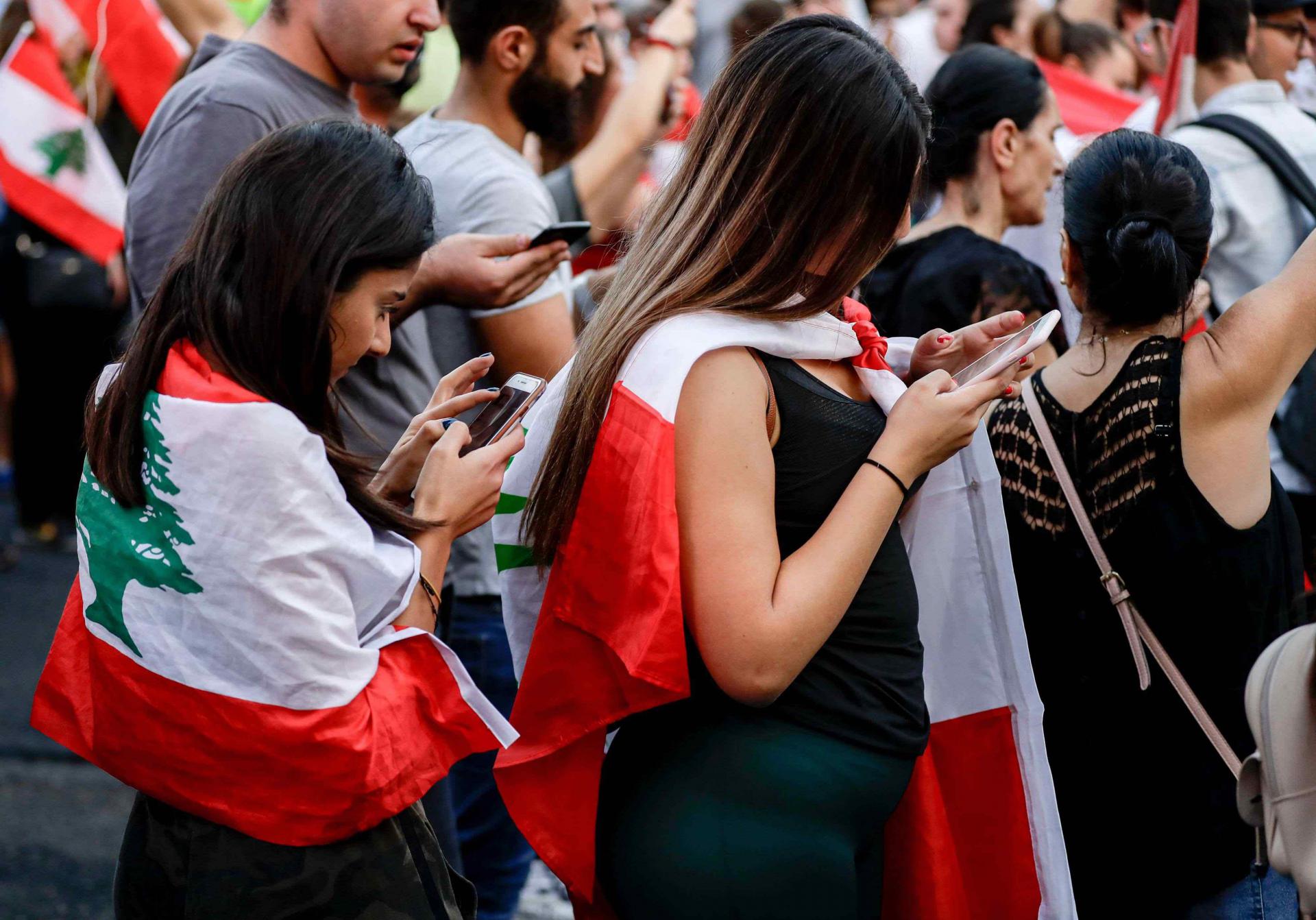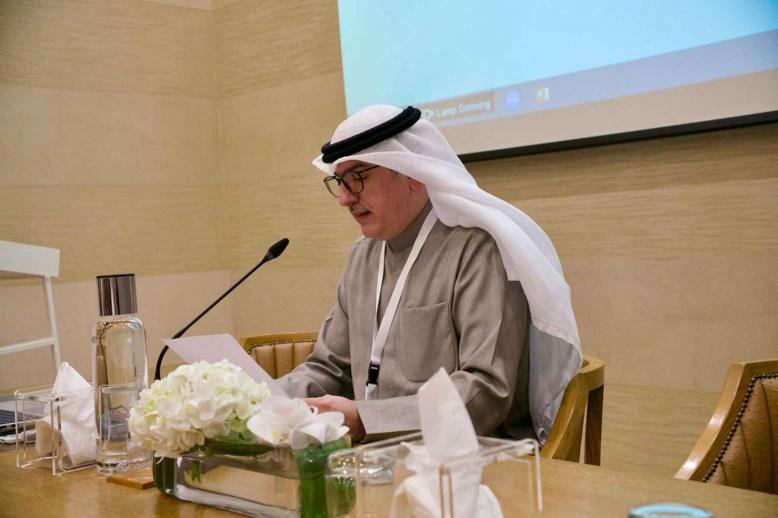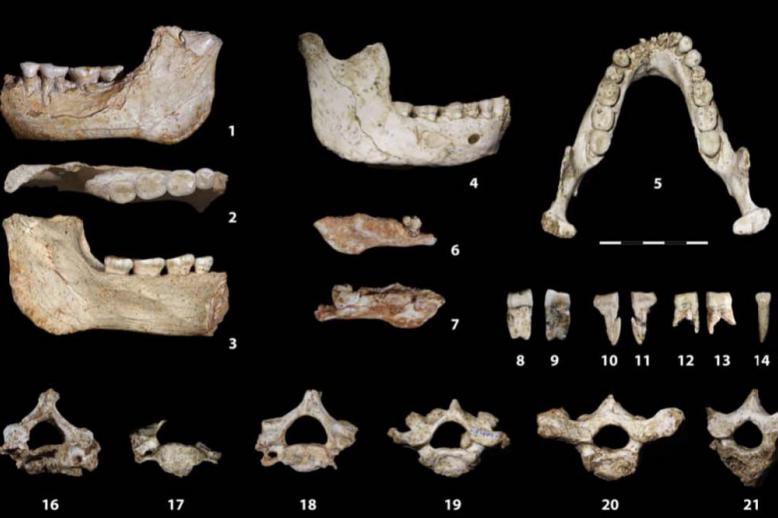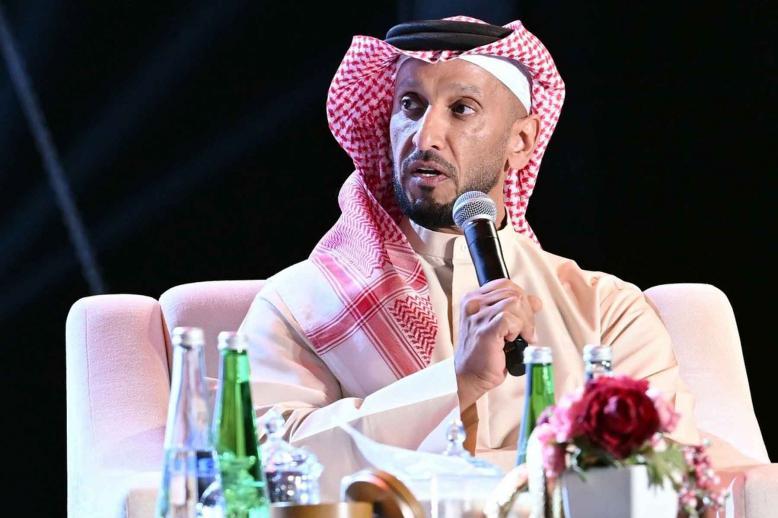Alternative media online increasingly draws Lebanese youth audiences
BEIRUT - In addition to traditional media, which is mostly affiliated with politicians and businessmen, Lebanon’s 3-month-old protests have been widely reported on by an alternative and outspoken media acting as an independent source of information that is primarily followed by young Lebanese, both residents and expatriates.
Since the start of the anti-government uprising October 17, many online and multimedia news outlets developed and expanded their work to counter the self-serving narratives of traditional media, including major television stations.
A fresh network of news sources counting more than ten outlets was created by activists and volunteers who have barely left protest hubs for more than 90 days to offer live reporting of the initially peaceful protests that have turned violent in recent weeks.
“We have covered the revolution from day one and adapted our production to ensure daily coverage although we are a volunteering platform with very little funding from grants,” said Jean Kassir, co-founder of Megaphone, which was created in 2017 by young journalists, activists and designers.
“Initially, we wanted to offer a different content (from that of traditional media), one that is quite critical of the entire political and financial establishment in the country and to give voice to the most marginalised groups of the society that were not really featured in conventional media like women, young people, migrants and refugees, et cetera,” Kassir said.
Megaphone tapped specially developed formats for social media to attract young people.
“Most youth have turned away from following traditional news outlets because of their content, coverage and ties to the political establishment and also because [of] the formats they use, which are obsolete and not adapted to social media platforms,” Kassir said.
While it had weekly and monthly outputs before the uprising, Megaphone is today known for producing well-curated news segments daily. The platform exists on social media but also has a dedicated website. It published scores of videos of the various mobilisations and major events plus an end-of-day round-up of important news and opinion pieces by prominent voices from the revolution in Arabic and English.
In addition to its timely reporting about the demonstrations, Megaphone gained special popularity for its critical take on news, its analytical discourse and dissection of politicians’ speeches. Contents involved subjects from politics to the economy and social issues “to allow people to better understand what is going on,” Kassir said.
Megaphone saw the number of followers on Facebook double within a week after the start of the protests and the scores of videos it published have cumulatively been watched millions of times. The overwhelming majority of followers and visitors are younger than 30, Kassir said.
“There is a great following from the Lebanese diaspora,” he said. “The matrix shows the spread of our followers in the cities and areas where the Lebanese diaspora is concentrated like Paris, London, the US, Dubai, Riyadh, et cetera.”
Ayman Mhanna, director of the Samir Kassir Eyes (SKeyes) Centre for Media and Cultural Freedom, pinned the popularity of Lebanon’s alternative media on its use of technology that young people are accustomed to.
“Publishing directly online in a format that is adapted to portable devices helps a lot,” Mhanna said. “Also, in terms of content, alternative media are tackling issues that traditional media have neglected, in a progressive and freer way.”
“Being fully controlled, for the most, by powerful political and business actors, traditional media are not necessarily in touch with what truly moves the public. They still publish whatever serves the political and business interests of their owners and sponsors, rather than publish what is adapted to today’s expectations from the readers,” Mhanna added.
Other alternative media outlets that gained prominence in the early days of the uprising include Thawra (“Revolution”) TV, an interactive online TV channel on Facebook, Instagram, YouTube and Twitter and Akhbar al Saha (“News from the Square”) specialised in on-the-ground reporting, often posting raw and unedited content to quickly communicate what is happening on the spot at any given time across Lebanon. Their regular posts requesting support for specific protesters and areas have transformed their role into one of mobilisation.
Bedna Nthour, Bedna Na’aref (Arabic for “We want to revolt, we want to know”) is dedicated to organising and recording expert talks. Topics are economic, political and cultural in nature. It includes the most pressing issues for protesters, such as currency devaluation. It has a YouTube channel and is active on Facebook and Instagram.
Samar Kadi is the Arab Weekly society and travel section editor.
This article was originally published in The Arab Weekly.







